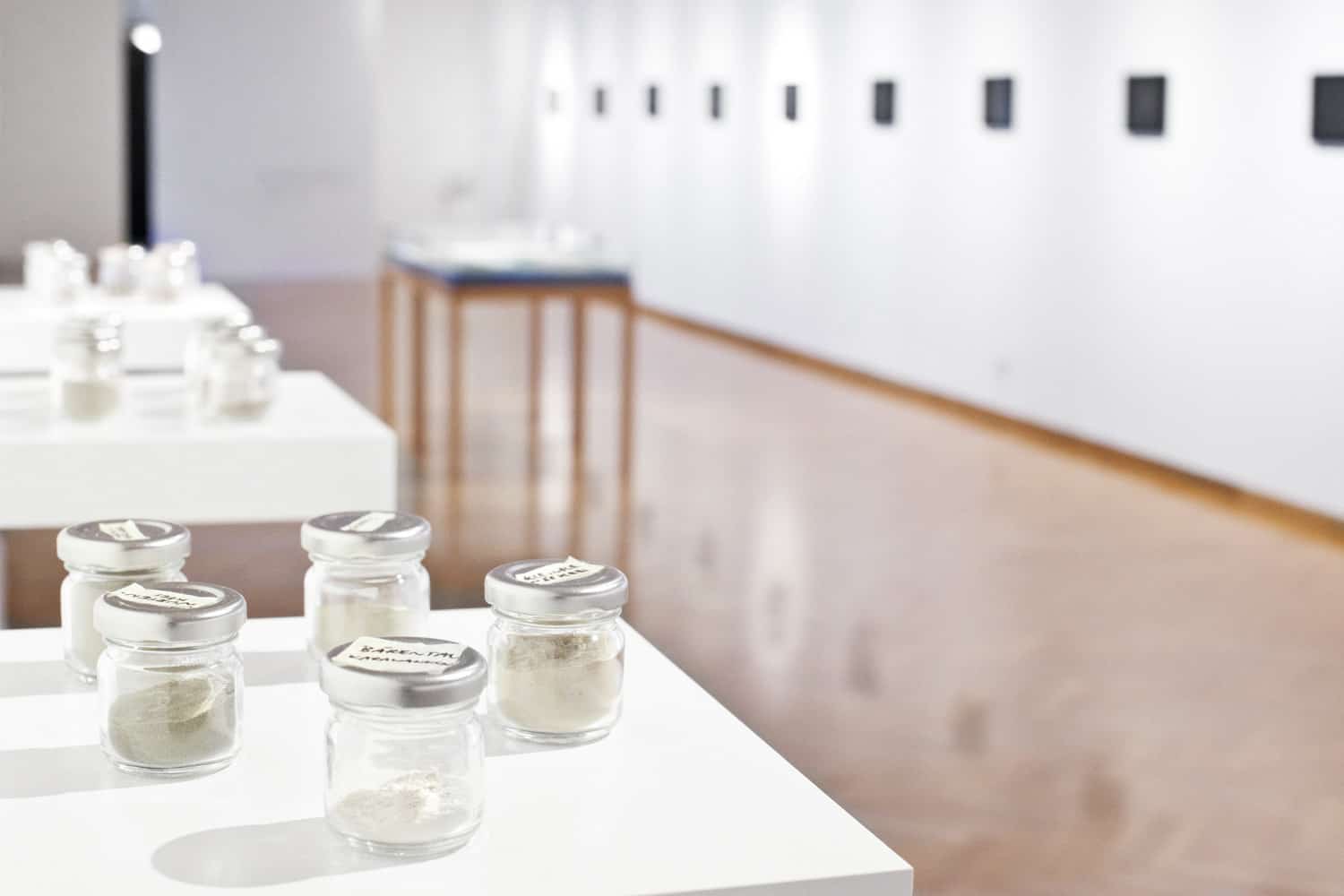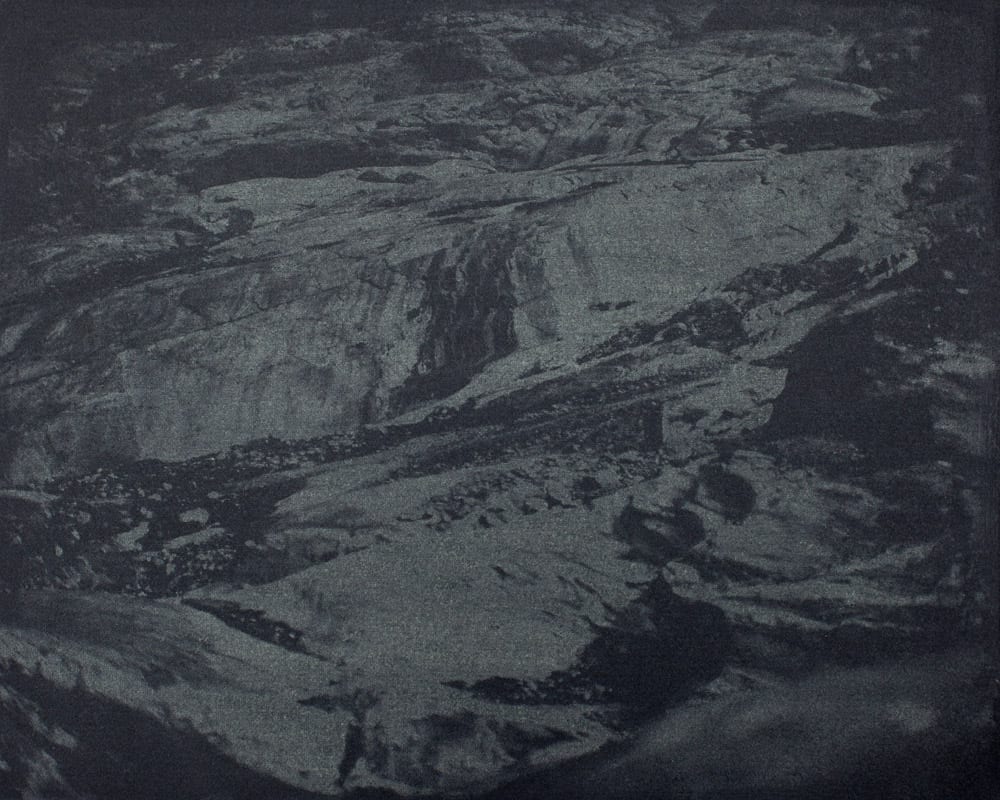We had a pleasure to talk with artist Agnieszka Kozłowska who shared her experience from Klagenfurt am Wörthersee / Carinthia residency programme. Since 2012 the Regional Government of Carinthia has offered artists from the discipline of photography and new media a studio apartment for a period of 5 months. The scholarship also covers an exhibition in the Stadtgalerie Klagenfurt.
Agnieszka Kozłowska is artist and researcher whose practice combines performative engagement with remote landscapes and the radical understanding of photography as a mechanism for creating unique physical traces rather than reproducible images.
How did you find out about the residency programme? How did you apply?
As far as I can remember, I found the residency (its full name is Scholarship of the city of Klagenfurt and the region of Carinthia for Photographic Art and New Media) on an Austrian database of artist residencies and applied by email. I know I didn’t see it listed on any of the international websites with residencies, which goes to show it’s worth digging a little deeper into online resources from a particular country if you have a clear idea of where you would like to go. I have often heard about residencies that are never advertised through any of the main channels. If you manage to find one, consider applying because there is a good chance that it is less competitive than the well-advertised ones.
What does your regular, art residency day look like?
My days vary between days in the field and days in the studio. The former look very much like solitary hiking trips, except for the photographic equipment I am carrying and the long hours spent on location exposing the light-sensitive material. The latter are my recovery days, spent in front of the computer researching and planning future excursions. Much depends on the weather and I constantly adjust my plans to the current conditions. Many trips are several days long to allow for travel to places further away from the residency.
Tell us about the work/project you are working right now.
Ice | Space explores human perception of glacier ice in the alpine landscape in the context of deep time, using an experimental photographic technique that I have developed. I collected the so-called glacial flour – stone crushed to powder by the slow movement of ice – from each of the selected glacier forefields and used it as a pigment to depict the space left behind by the melting ice. The material was mixed with a light-sensitive substance, coated onto paper and exposed in a self-constructed large format camera for several hours to produce an image, without any need for further printing or post-production. Each of the unique photographic objects is a particularly time- and labour-intensive experiment, reflecting the timescale of the geological changes it seeks to depict. It requires a carefully planned excursion into the mountains to make a single exposure that lasts several hours and is only possible in strong sunlight.
From your experience, what distinguishes working as part of residencies from working in your atelier?
My practice is fully dependent on my ability to travel – I make work only in natural remote environments such as mountains. A residency serves as a base for excursions into the surrounding landscape. I also value each opportunity to exhibit in the area where I made the work, which a residency often offers – I find that the local audience is more receptive to representations of ‘their’ landscape than an audience in another country.
Does the change of context help you in the creation process?
The concept and research stages of a project can happen elsewhere, but the making of the work requires traveling to particular landscapes.
Do you place an emphasis on your work or rather on meeting people and exploring the city/your surrounding?
The emphasis is on the work, which is linked with exploration of the local landscape. Many residencies offer a place for only one artist, which is an opportunity to focus fully on one’s creative process. But I also enjoy the social life in residencies where there are more artists present. One of my favourite places has a tradition of eating the evening meal together, with the artists taking turns to cook for the whole group.
What challenges and opportunities did the residency involve?
The residency came with a good stipend and the opportunity to exhibit in the city gallery of Klagenfurt. As for challenges, the artist is left to their own devices without much contact with the organisers, which might be difficult for some. Then there is the difficulty of creating without having people to receive feedback or support from. Residences require self-drive, focus and independence. Above all, they are an opportunity to experience new places, make new connections, break the routine and challenge oneself.
Name three objects which are the most important to you during the residency.
Laptop, car, lens for the self-constructed camera.
What is the role of institution in your residency? What does it provide you with?
In some cases, the institution ’only’ provides accommodation, in others, a programme of activities to get to know the place and present one’s work. The best organisation I came in contact with had dedicated personnel taking care of the artists, organising gallery visits and networking dinners, offering exhibition opportunities and assisting with any individual requests of the artists to help them make their work. Ultimately, it comes down to the funding they have at their disposal. For me, the crucial feature of a residency that allows me to make the work is its location and the distance to the kind of landscape that interests me, secondary to this is the chance to show the work and establish new connections with local individuals and institutions.
What would you recommend to artists going abroad for an art residency?
That largely depends on individual way of working, but perhaps for most people – have a good plan of what you are going to work on, otherwise it’s easy to get caught up in all the new things around you and not make full use of the time you have there. Having said that, some artists make work in response to their new environment on a residency, in which case they need to be open and attentive, and their plan of action might be less defined to start with. If you need unusual equipment or materials for your work, bring them with you or locate sellers in the area of the residency beforehand. Research as much as possible before you go. If you will be sharing kitchen or bathroom with others, be friendly, respectful and clean after yourself – yes, a lot of the time residencies are like going through the student house-sharing experience all over again.
Interviewed by Patrycja Głusiec
Edited by Nicholas Bartkowiak












